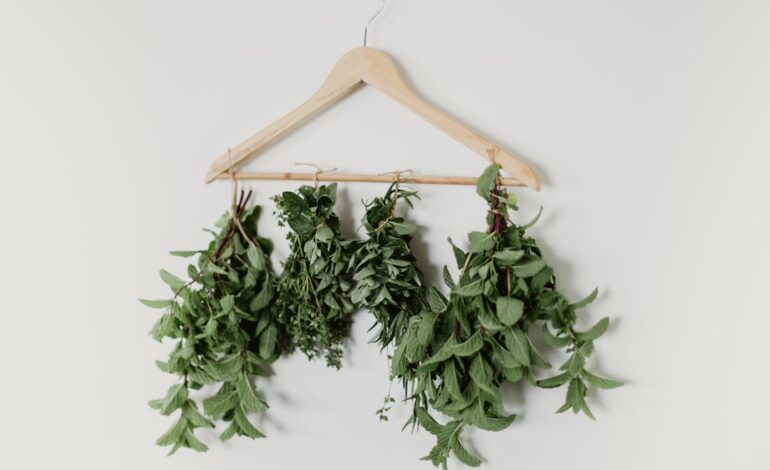Your ultimate guide to smart fashion shopping: spend less, love your wardrobe more
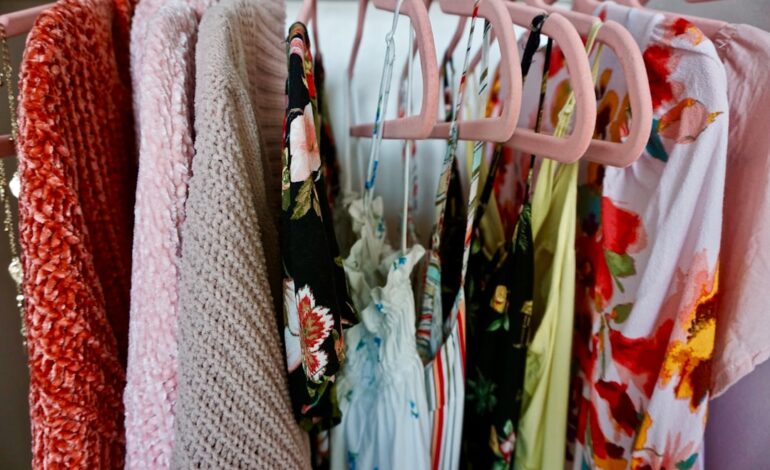
That familiar feeling: a closet full of clothes, but nothing to wear
Let’s be real, we’ve all been there. You swing open your closet doors, faced with a sea of fabric, hangers crammed together, and yet, the overwhelming feeling is… frustration. That sequin top you bought on a whim, the trendy jeans that aren’t quite comfortable, the dress that still has its tags on. It’s a modern paradox: owning more clothes than ever but feeling like you have nothing to wear.
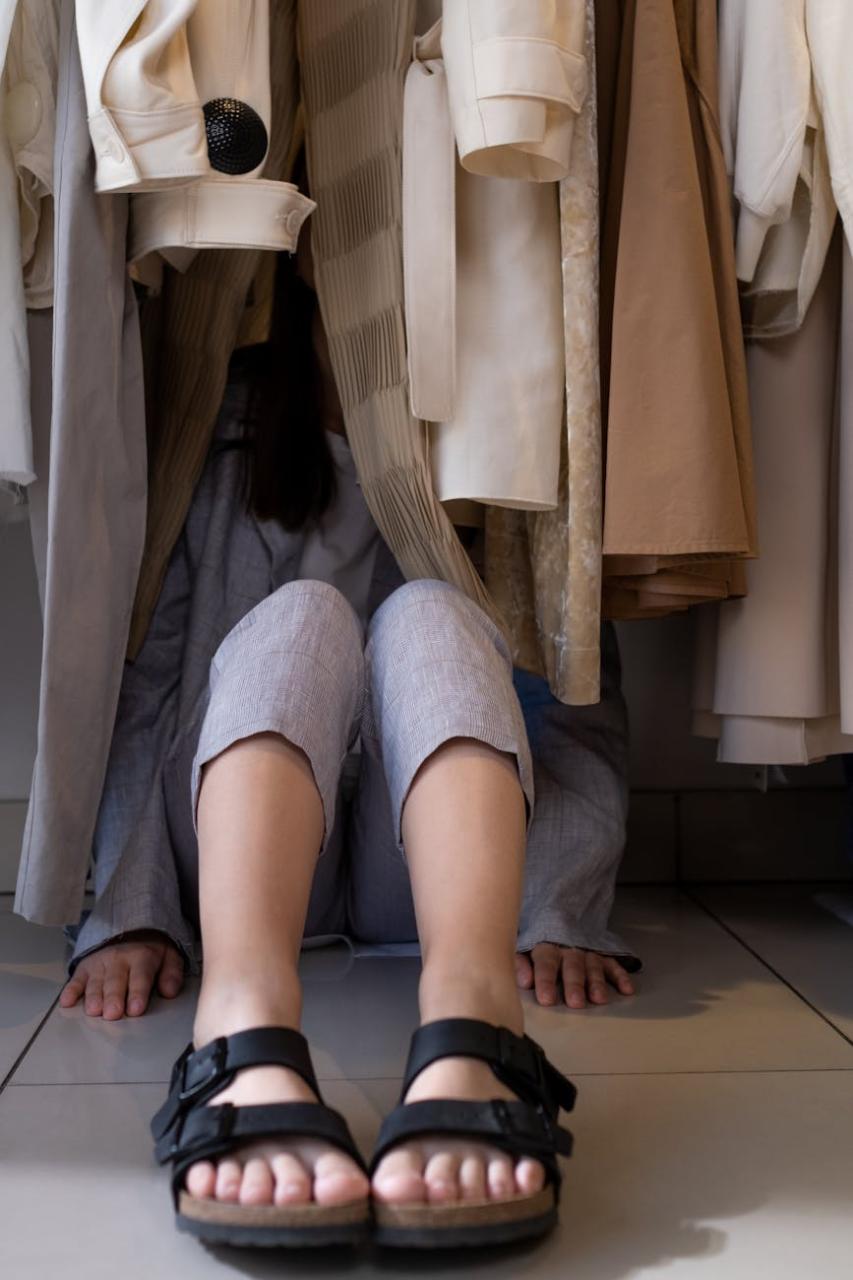
The fast fashion cycle, with its endless stream of new arrivals and tempting sales, has trained us to consume constantly. But this often leads to a wardrobe filled with fleeting trends and impulse buys rather than pieces we truly love and wear. The good news? It doesn’t have to be this way. By shifting your approach from mindless consumption to mindful curation, you can build a functional, stylish, and sustainable wardrobe that truly reflects you. Welcome to the art of smart fashion shopping.
The foundation of smart shopping: it all starts with your mindset
Before you even think about adding to your cart, the most significant change you can make is internal. Smart shopping is less about hunting for bargains and more about a fundamental shift in how you view your clothes and your style.
Embrace quality over quantity
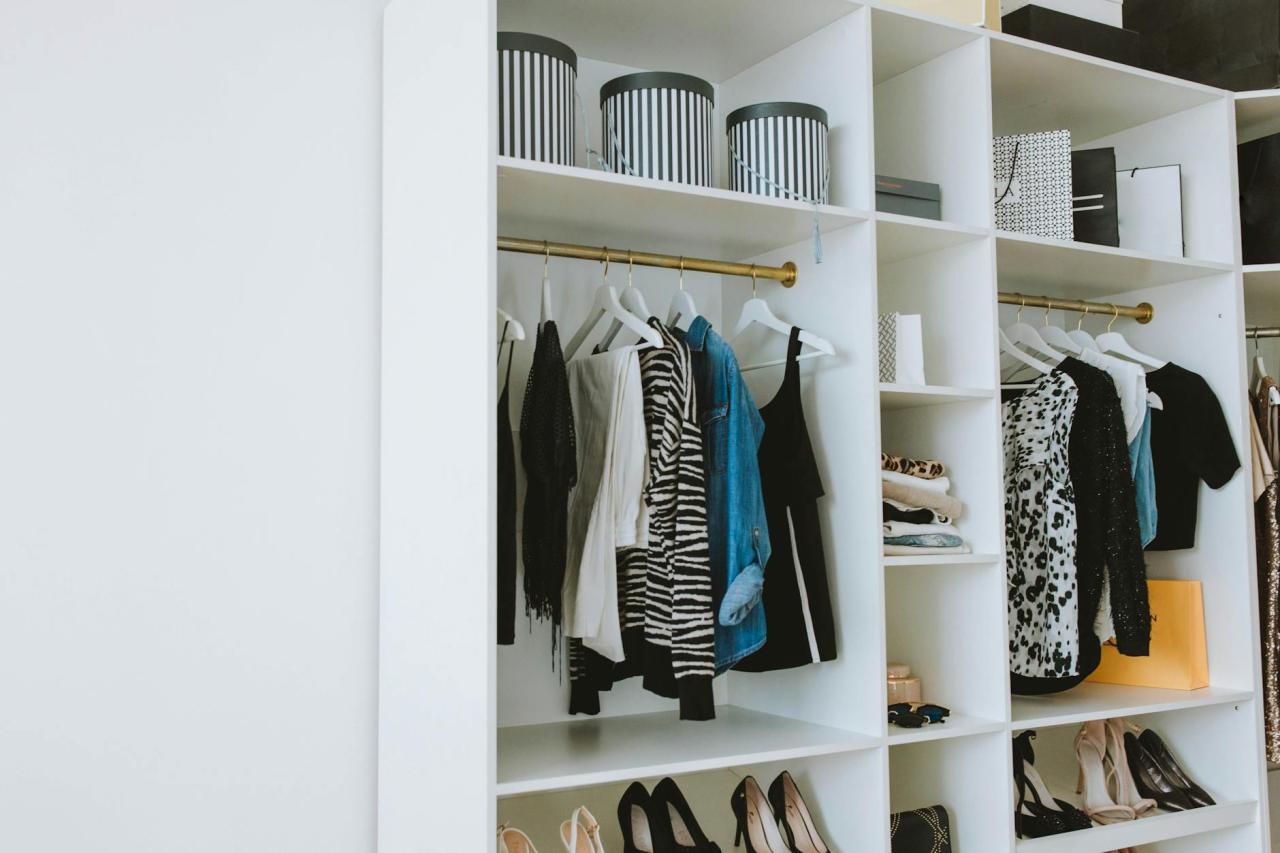
This is the golden rule of smart shopping. It’s time to break up with the idea that more is better. One beautifully made, well-fitting cashmere sweater that lasts for years is infinitely more valuable than five cheap, pilling acrylic ones that lose their shape after a few washes. High-quality pieces not only look and feel better, but they also endure, saving you money in the long run. They become the reliable cornerstones of your wardrobe, the items you reach for time and time again.
Define your personal style
Do you know what you actually like to wear? Not what influencers are wearing, not what’s trending on TikTok, but what makes *you* feel confident and comfortable. Without a clear sense of your personal style, you become a victim of every passing trend. Take some time for self-discovery. Create a Pinterest board, save Instagram looks you love, and look for common threads. Are you drawn to minimalist silhouettes, bohemian prints, or classic tailoring? Knowing your style DNA is your greatest defense against impulse purchases that don’t align with who you are.
Think like a conscious consumer
Smart shopping in today’s world is also about being a conscious shopper. It means asking questions about where your clothes come from and what they’re made of. While you don’t need to be an expert overnight, simply starting to think about the environmental and ethical impact of your purchases can guide you toward better choices. This might mean supporting brands with transparent practices, opting for sustainable materials, or exploring the world of secondhand fashion.
Before you shop: the art of preparation
A successful shopping trip starts long before you enter a store or open a new tab. Spontaneous, unprepared shopping is the fast track to regret. A little prep work can save you time, money, and a whole lot of buyer’s remorse.
Conduct a ruthless wardrobe audit
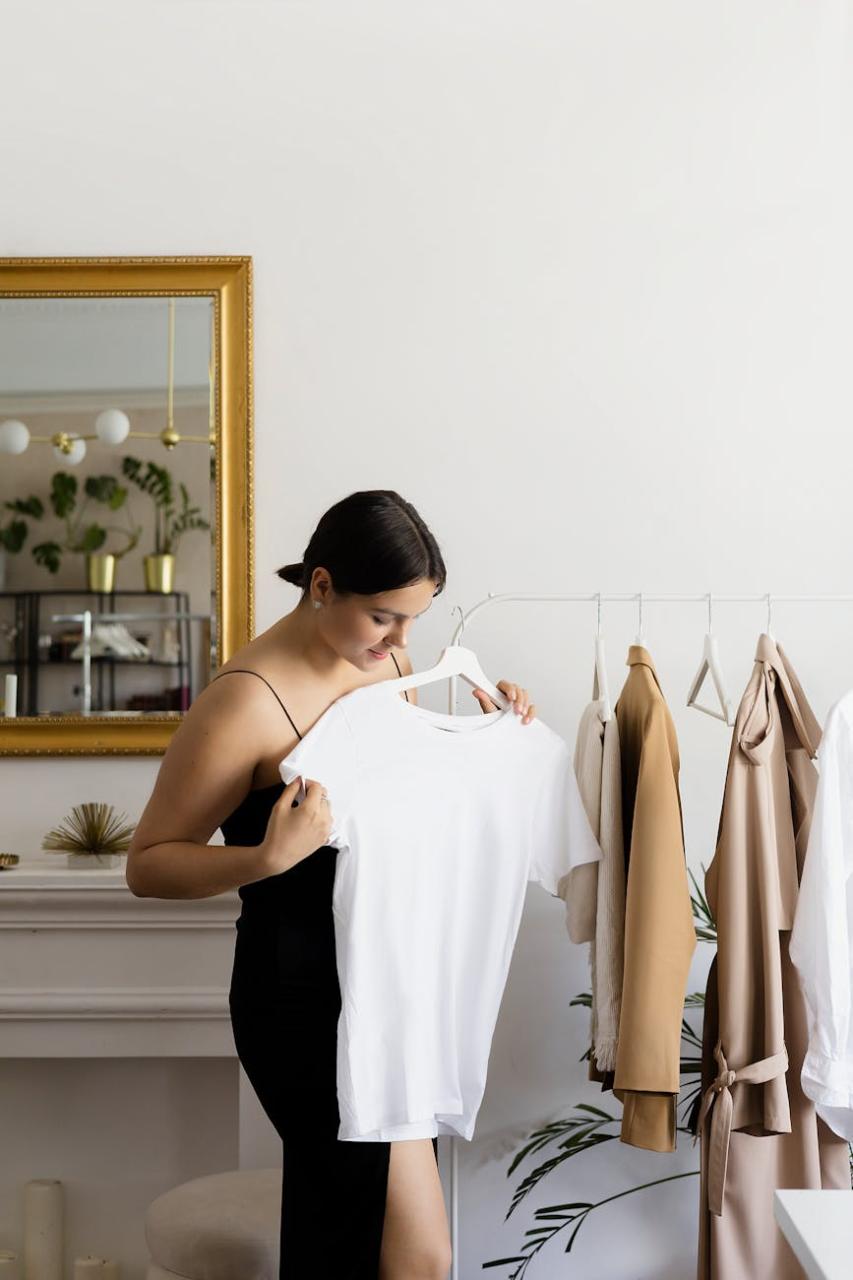
You can’t know what you need until you know what you have. Set aside an afternoon and pull everything out of your closet. Create four piles: keep, repair/tailor, donate/sell, and discard. Be honest with yourself. For the ‘keep’ pile, ask: Do I love it? Does it fit me *right now*? Have I worn it in the last year? This process is revealing. It will show you what you gravitate towards (lots of black tops, apparently) and where the actual gaps are in your wardrobe.
Create a strategic shopping list
Once your audit is complete, you can build a list based on the identified gaps. Be specific. Instead of just writing “new tops,” write “ivory silk-blend blouse” or “long-sleeved black bodysuit.” This list is your North Star. It keeps you focused on your mission and prevents you from getting distracted by shiny, new, and unnecessary things. Refer to it constantly while you shop to stay on track.
Set a realistic budget
Fashion is fun, but it shouldn’t cause financial stress. Before you start shopping, decide on a realistic budget for the season or for the month and stick to it. Having a clear spending limit forces you to prioritize. Do you really need three new trendy tops, or would that money be better spent on the one pair of high-quality leather boots on your list that you’ll wear for the next five years?
Mastering the hunt: in-store and online tactics
Armed with your new mindset and your strategic list, it’s time to shop. Here are the practical tactics to employ whether you’re browsing the racks or scrolling online.
The three-outfit rule
Before you commit to buying a new item, mentally style it with at least three other pieces you already own. Can that beautiful blazer be worn with your work trousers, your favorite jeans, and over a slip dress? If you can instantly create multiple outfits, it’s a versatile piece that will integrate seamlessly into your wardrobe. If you have to buy a whole new outfit just to make it work, it’s a hard pass.
Become a fabric detective
The tag tells a story. Get into the habit of checking the material composition. Natural fibers like cotton, linen, wool, cashmere, and silk generally breathe better and tend to be more durable than many synthetics. Feel the fabric. Does it feel substantial or flimsy? Check the construction. Are the seams straight and secure? Are the buttons sewn on tightly? These small details are the difference between a garment that lasts a season and one that lasts a decade.
Never, ever ignore the fit
A piece could be from a top designer and made from the finest materials, but if it doesn’t fit you properly, it will never look good. Always try things on if you can. Move around in them—sit, stand, bend over. If shopping online, take your measurements and compare them diligently to the brand’s size chart. Read reviews to see how an item fits on different body types, and always be aware of the return policy. Don’t forget the power of a good tailor; a few small alterations can make an off-the-rack piece look custom-made.
Resist the siren song of the sale
A 70% off sticker can make even the most sensible shopper’s heart beat faster. But a discount does not automatically make something a good purchase. The most important question to ask yourself is: “Would I still want this if it were full price?” If the answer is no, you’re being seduced by the price, not the item itself. Walk away.
Implement a 24-hour cooling-off period
This is especially effective for online shopping and for more expensive purchases. If you find something you love but it’s not on your essential list, don’t buy it immediately. Add it to your cart or wishlist and walk away for 24 hours. This simple pause gives you time to separate genuine want from fleeting impulse. More often than not, you’ll find the intense urge to buy has faded by the next day.
Building a long-lasting wardrobe: investment and sustainability
Smart shopping isn’t just about individual purchases; it’s about the long-term vision for your wardrobe—one that is both timeless and kind to the planet.
Identify your investment pieces
These are the workhorses of your wardrobe. Think of the classic, timeless items that transcend trends: a great trench coat, a perfectly cut blazer, high-quality dark-wash denim, a classic leather handbag, or durable ankle boots. These are the items where it pays to invest in superior quality because you will be wearing them for years to come.
Calculate the cost per wear (cpw)
This simple formula can completely change your perspective on price tags. To calculate the CPW, divide the price of an item by the number of times you expect to wear it. That $50 fast-fashion dress you wear only twice has a CPW of $25. But that $400 timeless wool coat you wear 200 times over four years has a CPW of just $2. The coat is the smarter, more economical purchase by a landslide.
Explore the world of secondhand and vintage
One of the smartest and most sustainable ways to shop is to buy secondhand. Platforms like The RealReal, Vestiaire Collective, Depop, and Poshmark, as well as your local consignment and thrift stores, are treasure troves of high-quality, unique pieces at a fraction of their original price. You can find everything from designer handbags to incredible vintage denim, all while giving a beautiful garment a second life and reducing fashion waste.
Your new shopping philosophy
Smart fashion shopping is a journey, not a destination. It’s about unlearning the habits of overconsumption and replacing them with intention, mindfulness, and a deep appreciation for personal style. By shifting your mindset, preparing before you buy, using savvy tactics, and investing in longevity, you transform your relationship with your clothes.
The result? A closet that isn’t just full, but is filled with pieces you love, that fit you perfectly, and that make you feel like the best version of yourself every single day. And that’s a feeling no impulse buy can ever replicate.
